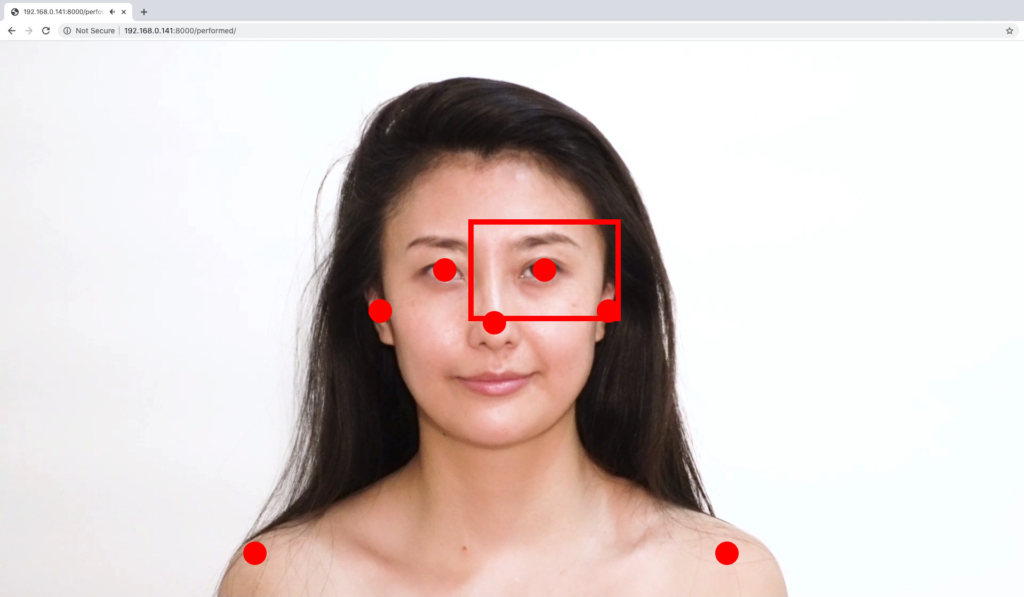Hello?
Can you hear me?
SUPPORTED BY CULTURE HUB
Can you say something?
PERFORMANCE, PARTICIPATORY
Can you say something? is the second in a two-part series on communicating online. It magnifies the glitching, dropped frames and delay that delete the subtle nuances of human expression and then asks the audience to come closer in order to understand.

The performance is designed to be live-streamed with an expected 20 second delay between when a performer commits an act and when the audience sees it.
We ask the audience to talk to us, to respond when we call, knowing that they will not see us receive their response for 20 seconds. And so we ask them, will you wait 20 seconds for me to respond?
20 seconds is an eternity. It stretches the boundaries of our generosity.
What will you do inside of that gap? Inside of that empty space between cause and effect? Will you leave me, wander off? Or will you struggle to stay with me, waiting, guessing, filling up the time with your own imaginings of how I will respond?
When it’s harder to communicate, will you come closer or step away?